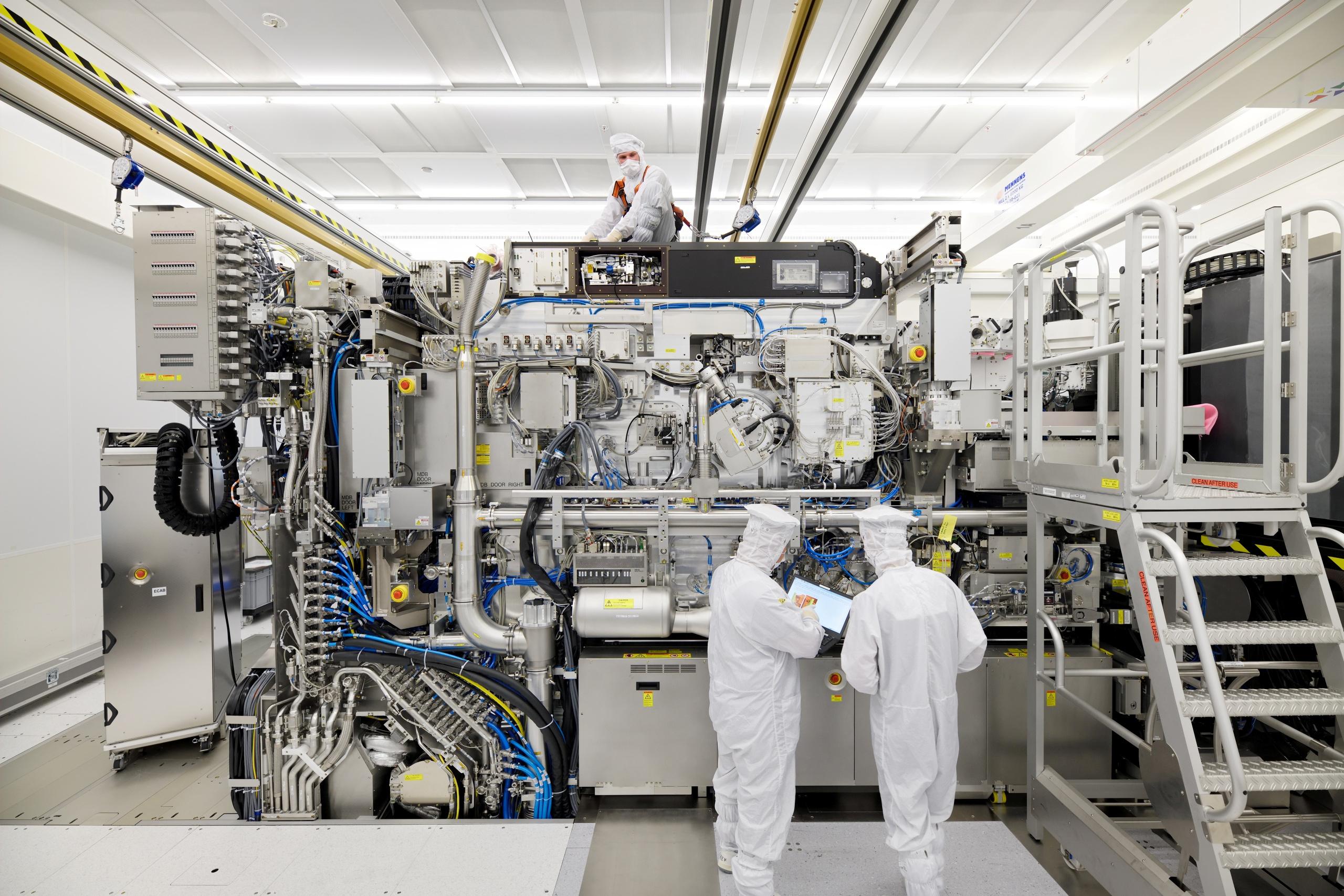China’s SMIC ‘Has Achieved’ 7nm Chip Breakthrough

Semiconductor analysts say China’s SMIC using advanced 7nm process in shipping semiconductors in spite of sanctions restriction most advanced tech
A Canada-based semiconductor research firm has reinforced its claim that Chinese chip maker SMIC has developed an advanced 7 nanometre process and is using it in shipping products.
The finding by TechInsights last month was a surprise given that SMIC is restricted by US sanctions from accessing the most advanced chipmaking equipment.
But in its follow-up report the analyst firm said that the SMIC chips it analysed do indeed use a 7nm manufacturing process, with the process having similarities with that used by Taiwan’s TSMC.
SMIC is thought to be producing the chips using deep ultraviolet manufacturing systems, a generation behind the extreme ultraviolet systems used by cutting-edge chipmakers. Sanctions restrict SMIC from acquiring extreme ultraviolet machines.

Restrictions
SMIC has not commented publicly about the findings and the Hong Kong-listed company’s financial statements do not mention 7nm technology.
Shanghai-based Semiconductor Manufacturing International Corporation is on a US trade blacklist and faces other import restrictions.
The advance places it on par with the most advanced chipmaking companies in the world, such as TSMC, Samsung Electronics and Intel.
SMIC co-chief executive Liang Mong Song is a former TSMC executive and TechInsights said it had found “many similarities in process technologies, designs and innovations between SMIC’s 7nm and TSMC’s 7nm”.
Chip advance
The company in July reverse-engineered a MinerVA Bitcoin mining processor produced by SMIC and concluded the firm had made its technological breakthrough “without access to the most advanced Western equipment and technologies”.
The use of deep ultraviolet systems requires more exposures to light than EUV to imprint circuit patterns on a wafer surface, and Douglas Fuller, an expert on China’s chip industry, told the Financial Times that 7nm yields using the older process are understood to be “terrible”.
The firm noted that even with restrictions SMIC took only two years to develop 7nm capacities, compared to three years for TSMC and five for Samsung, while Intel has struggled to move past 10nm.
Chips Act
When SMIC was placed on the US Commerce Department’s Entity List in December 2020 it said the sanctions would hinder the development of manufacturing technologies below 10nm.
The US’ Chips and Science Act, passed earlier this month, is intended to relocate chip manufacturing capacity to the US as well as deterring TSMC, Samsung, Intel and others from investing in advanced manufacturing processes, including 7nm, in mainland China.